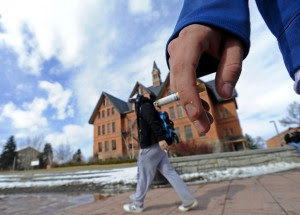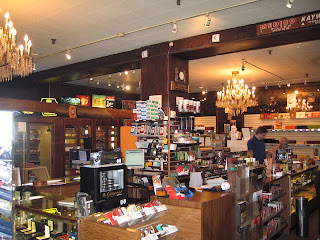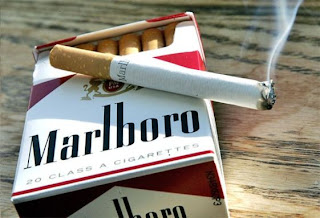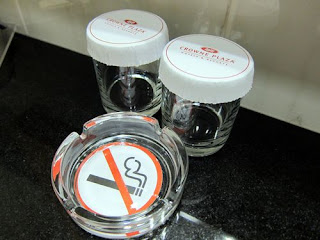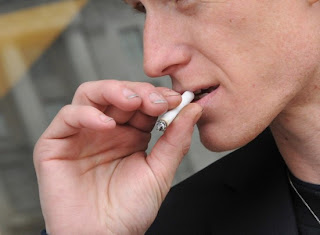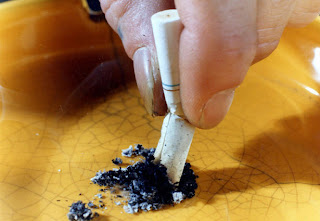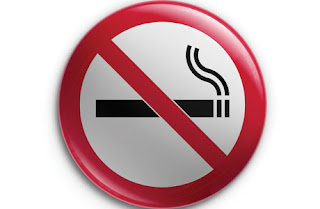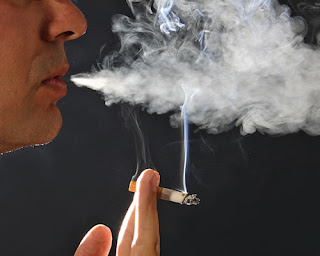
When you walk into 88-year-old Ahwatukee Foothills resident Albert Ortiz’s home it’s clear to see that he has a passion.
Ortiz graduated from the Music and Art High School in New York City and served in the U.S. Army for three-and-a-half years. In 1947, he studied at the Pratt Art College of Design and Illustration. After graduating, Ortiz took advanced courses in oil painting and worked at advertising agencies and art studios until he retired in 1990 and moved to Arizona.
His home-turned studio is filled with his artwork, most of which has a clear message: Don’t smoke.
Ortiz’s inspiration for his non-smoking artwork came to him back in 1979 when his favorite actor and idol, John Wayne, died from lung cancer. After doing some more research, Ortiz was inspired to paint. He made four 4-foot square paintings of famous people who died from using tobacco. The four paintings feature more than 200 celebrities and world leaders such as Jackie Gleason, Hubert Humphrey, Joe DiMaggio and Wayne.
“People die everyday,” Ortiz said. “Half a million people die each year from smoking-related cancers.”
Another one of Ortiz’s oil paintings showcases Janet Sackman. Sackman modeled in the late 1940s for a cigarette company. She began smoking at the age of 17 at the request of a tobacco executive, and later developed throat cancer. Sackman had to have her larynx removed. Ortiz’s painting depicts Sackman holding up a piece of paper telling her tragic story.
“If you didn’t smoke you were a sissy,” said Ortiz, who took up smoking in 1943 when he was fighting in World War II. Ortiz said the soldiers were provided a free cigarette carton every two weeks. He quit smoking a year later at the request of his young daughter. This caused Ortiz to conduct research, read the Surgeon General’s report and learn more about the dangers of smoking.
To date Ortiz has completed 31 oil paintings in hopes of preventing people from smoking and getting those who smoke to quit. The time it takes him to complete these works depends on both the size and the subject. One painting can take him just a week to finish while others may require more than two months of planning and research.
Ortiz shows his artwork at local high schools so young teenagers will ultimately make the decision not to smoke.
“I want to help people and warn them,” Ortiz said. “People who could live to be 80 are dying at 60.”
In addition to showing his art at local high schools and colleges, Ortiz also works closely with Arizonans Concerned About Smoking (ACAS), a nonprofit organization that aims to educate the public about the hazards of tobacco use. His artwork was recently shown at the American Indian Prevention Coalition in Phoenix.
Ortiz’s paintings, however, are not limited to conveying a non-smoking message. He is currently working on a landscape portrait and is very interested in astronomy. He has 24 paintings that are not related to smoking. In addition to painting, Ortiz enjoys gardening and plays both the piano and the guitar.
Ortiz does not sell any of his non-smoking artwork. The more art that he is able to show, the stronger impression he feels he’s able to have on people.

